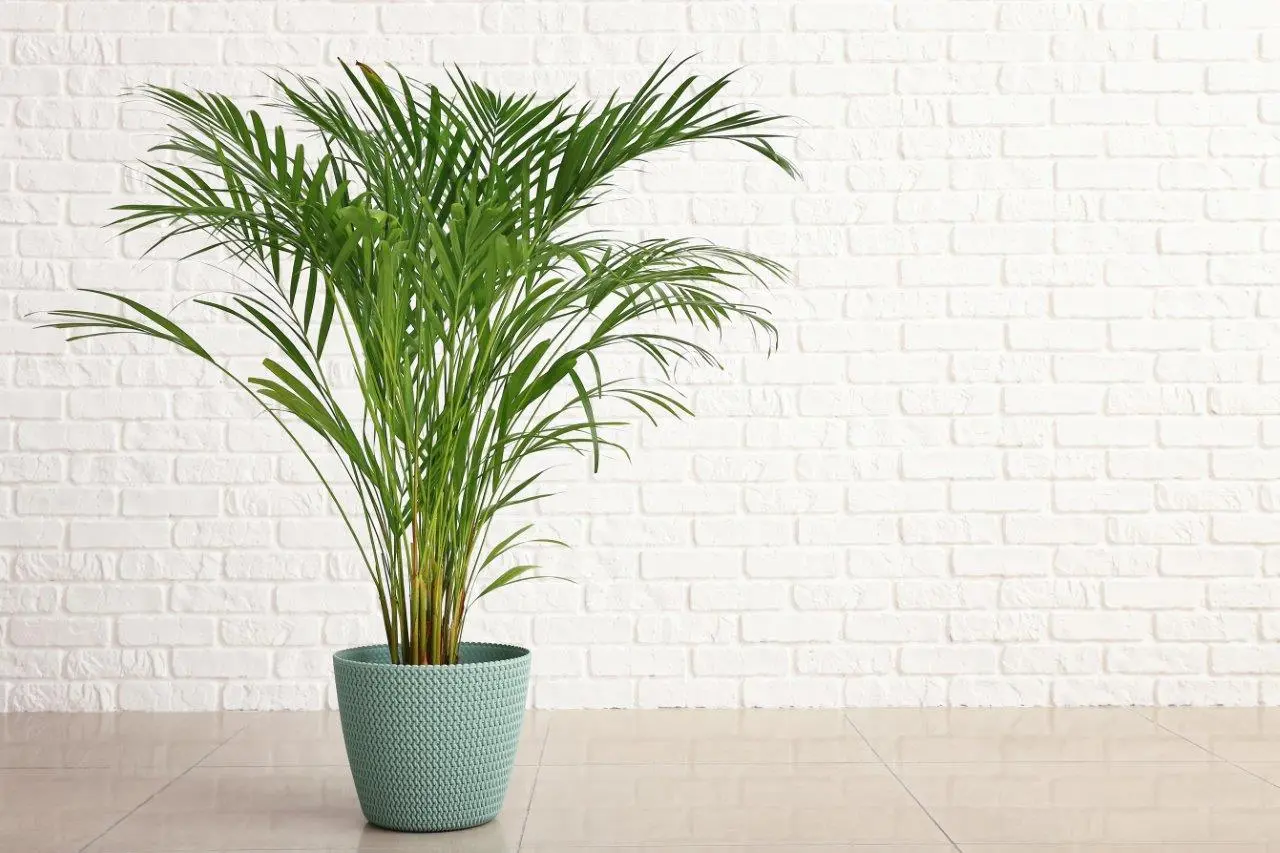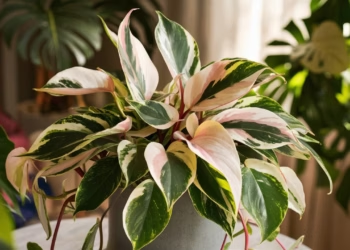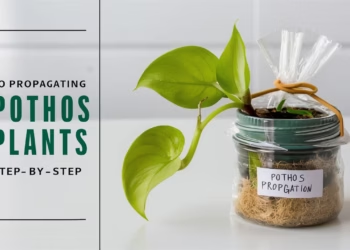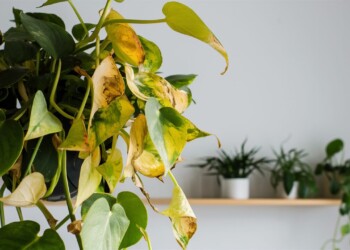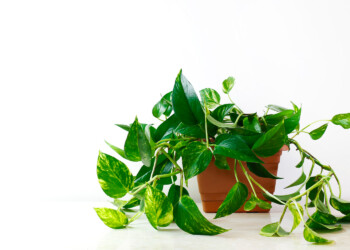Howdy green thumbs and plant enthusiasts! Ready to dive into the world of botanical wonders? Well, buckle up because today, we’re taking a deep dive into the art of nurturing the Areca palm, also known as the “Butterfly Palm” or “Golden Cane Palm.” Areca plant care: all you need to grow and care for Areca is right here, so let’s kick off this green adventure!
Table Of Contents
Unraveling the Mystique of Areca
So, you’ve got yourself an Areca plant, huh? Nice choice! These tropical beauties are like the rockstars of the plant world, bringing a touch of the exotic to any space. But wait, how do you keep these divas happy? Fear not, fellow plant parent, we’ve got your back.
Understanding Areca’s Personality
First things first, let’s get to know your Areca a bit better. Think of it as a high-maintenance friend who secretly loves attention but won’t admit it. Here are some key personality traits:
- Light Lover: Areca palms thrive in bright, indirect sunlight. They love soaking up those rays, but keep them out of direct sunlight-it’s like sunscreen for plants!
- Water Woes: Areca doesn’t appreciate soggy feet. Water it when the top inch of the soil feels dry. Let it be a bit parched between sips, and you’ll have one happy palm.
- Warmth Warrior: These palms are tropical beings. They enjoy warm temperatures between 65°F to 75°F (18°C to 24°C). Cold drafts? Nah, they’re not fans.
- Feeding Frenzy: Areca palms are light eaters. A balanced liquid fertilizer during the growing season (spring and summer) is their version of a gourmet meal.

Now that you’re on a first-name basis with your Areca, let’s talk care tips!
Areca Plant Care: All the Insider Tips
Areca plant care: all you need to grow and care for Areca is a mix of science, intuition, and a sprinkle of green-thumb magic. Check out these tips to keep your palm looking fly:
Where to Grow an Areca Palm
Creating the perfect environment is crucial for the thriving of your Areca Palm. Discover the ideal spot for your plant, ensuring it receives bright, indirect light. We guide you through the nuances of light exposure, temperature requirements, and how to protect your palm from direct sunlight and drafts. Master the art of providing a warm haven for your Areca Palm, maintaining temperatures between 18°C to 24°C, with a winter minimum of 10°C.
Planting an Areca Palm
When planting your areca palm, opt for soil-based compost in a pot with adequate drainage holes. The key is to ensure the plant is snug within its pot. Only consider repotting in spring if it becomes rootbound, and choose a slightly larger pot to accommodate its growth.

Water Waltz
Areca is the Goldilocks of water. Not too much, not too little-just right. Water it when the top inch of soil feels dry. Stick your finger in there, and if it’s dry, it’s showtime. Keep the soil consistently moist but not soggy, especially during warmer months. Opt for rainwater, distilled water, or purified water to avoid harming the plant with chemicals present in tap water. In winter, reduce watering while keeping the soil slightly moist. But hey, don’t flood the stage; soggy soil is a no-go.
Temperature Tango
These palms are sun-worshippers, but they’re also temperature divas. Keep the thermostat between 65°F to 75°F (18°C to 24°C). No cold drafts or they’ll be throwing a plant tantrum!

Humidity
Areca palms adore humidity. Mist the leaves a few times a week with tepid water or place the pot on a tray of moist pebbles. This ensures your plant thrives in a humid environment, promoting its overall health
Feeding Fandango
Areca palms aren’t big eaters, but they do appreciate a light meal.Feed your areca palm with a balanced fertilizer every couple of months during the growing season (spring and summer). This provides essential nutrients for robust growth. Wipe the leaves occasionally to remove dust, ensuring optimal photosynthesis. It’s like a plant-sized gourmet treat!

Soil Swing
Areca likes well-draining soil. Mix potting soil with sand or perlite to keep things light and airy. Think of it as a spa day for your plant’s roots.
Pruning Party
Is your Areca getting a bit too wild? Time for a trim! Brown or yellow leaf tips may result from dry or cold air, or underwatering. Trim the brown tips without cutting into healthy growth. Yellowing leaves are normal on lower foliage but widespread yellowing may indicate too much direct sunlight or underwatering.

Problem Solving
Drooping, cracked, or folding leaves signal the need for more water. Brown fronds at the base are normal, but widespread brown leaves may indicate overwatering. Brown patches could be sunburn, necessitating a move to a shadier spot.
Maintaining optimal humidity is crucial; dull leaves indicate insufficient humidity. Red spider mites and mealybugs are potential pests. Improve air circulation and boost humidity to deter spider mites. Wipe off mealybugs with a damp cloth soaked in insecticide containing fatty acids or plant oils.
Pesticide Paso Doble
Areca plants can attract pests like spider mites. Show those critters the exit with insecticidal soap or neem oil. Dance them out of your plant’s life!
Propagating an Areca Palm
The best method for propagating an areca palm is by division. During spring repotting, you may notice a natural clump separation at the pot’s edge. Alternatively, use a sharp knife to cut a clump with four or five stems and attached roots. Repot into fresh potting compost for a new thriving plant.
Advice for Buying an Areca Palm
Before purchasing an areca palm, ensure you have the right conditions at home. It will eventually reach 2m tall and 1m wide, preferring bright but indirect light and high humidity. Look for a healthy specimen with shiny, dark green leaves and no signs of pests.
Where to Buy Areca Palm Online
- Bloom Box Club
- Ikea
- Hortology

And there you have it, folks! Areca plant care: all you need to grow and care for Areca in a nutshell. Remember, these palms are more than just plants; they’re your green companions, soaking up your love and care. So go ahead, pamper your Areca, dance with its needs, and watch it thrive in all its tropical glory. Happy planting!
FAQs
How often should I water my areca palm?
Areca palms prefer to be kept consistently moist but not waterlogged. Water them when the top inch of the soil feels dry. Typically, this might mean watering every 1-2 weeks, but frequency can vary based on factors such as temperature, humidity, and the size of the pot. It’s important not to let the soil dry out completely.
Does areca palm need sunlight?
Yes, areca palms thrive in bright, indirect sunlight. They can tolerate some direct sunlight, especially morning sunlight, but prolonged exposure to intense, direct sunlight may lead to leaf burn. If you are growing them indoors, place them near a window with filtered or indirect light.
Why are my areca palm leaves turning brown?
Areca palm leaves may turn brown due to several reasons, including:
- Underwatering: If the soil becomes too dry.
- Overwatering: If the soil is consistently waterlogged.
- Low Humidity: Areca palms prefer a humid environment.
- Direct Sunlight: Prolonged exposure to intense sunlight can cause leaf burn.
- Nutrient Deficiency: Lack of essential nutrients in the soil.
How can I make my areca palm grow faster?
To encourage faster growth in an areca palm:
- Provide bright, indirect sunlight.
- Keep the soil consistently moist but well-draining.
- Use a balanced liquid fertilizer during the growing season (spring and summer).
- Ensure the plant is in a humid environment, or use a humidifier if necessary.
- Regularly remove dust from the leaves with a damp cloth to facilitate photosynthesis.
Should I cut brown leaves off my palm?
Yes, you can trim brown or yellowing leaves from your areca palm. Use clean, sharp scissors or pruning shears and cut the leaf at its base near the main stem. Removing dead or damaged leaves helps the plant allocate energy to healthier parts and enhances its overall appearance.
Should I cut dead leaves off areca palm?
Yes, it’s advisable to cut dead leaves off an areca palm. Dead leaves not only detract from the plant’s appearance but their presence can also attract pests and diseases. Trim the dead leaves at the base near the main stem using clean, sharp scissors or pruning shears. Regularly removing dead foliage contributes to the overall health of the plant.
